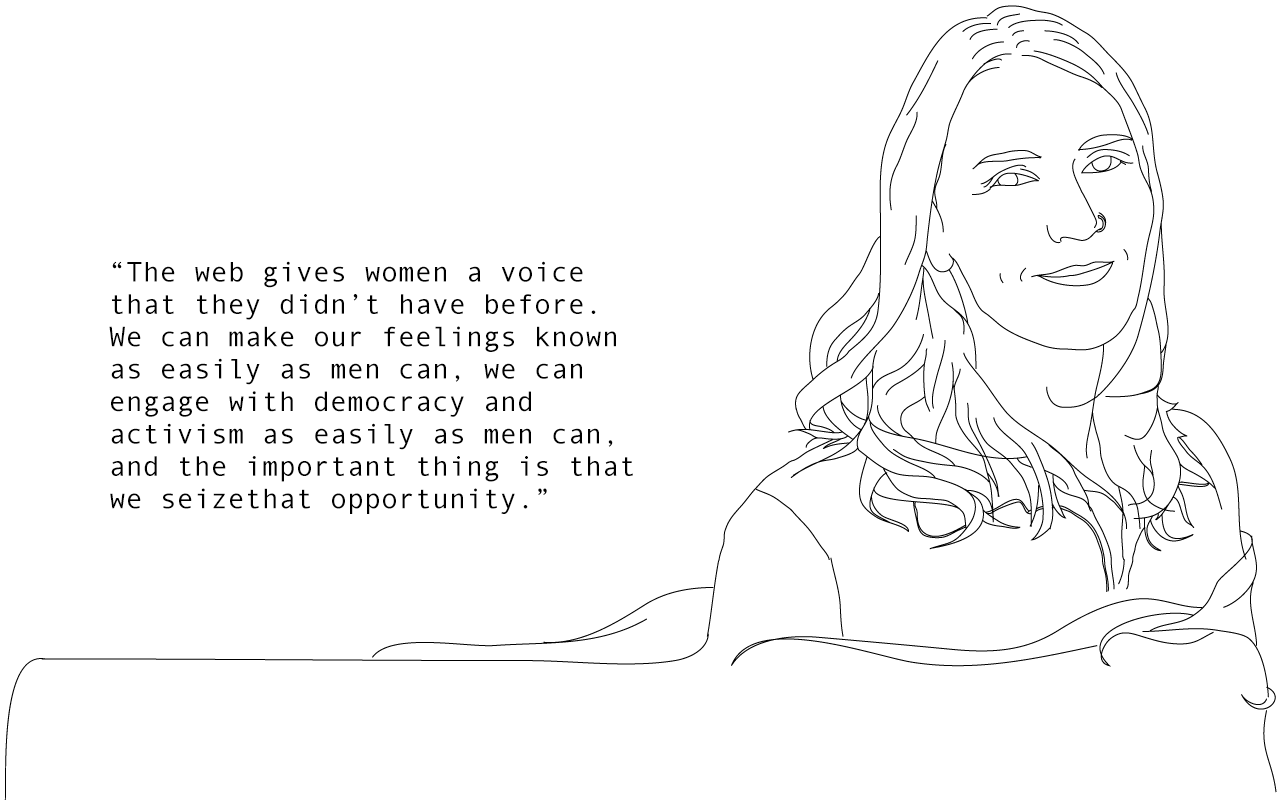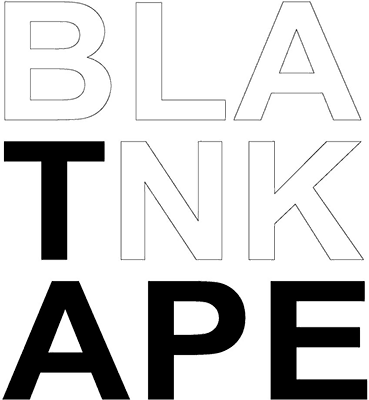INTERVIEW
Suw Charman-Anderson
by Nina Gazire
illustration Paulo Mendel
 The interview with Suw Charman-Anderson describes the socio-political context that led her to create the Ada Lovelace Day. Her initiative was widespread through the internet, and adapted to different cultural contexts. Suw Charman-Anderson explains how it is possible to celebrate women in science and in fields of technological development as well as women that make use of technical means to other purposes, such as culture, art and communication.
The interview with Suw Charman-Anderson describes the socio-political context that led her to create the Ada Lovelace Day. Her initiative was widespread through the internet, and adapted to different cultural contexts. Suw Charman-Anderson explains how it is possible to celebrate women in science and in fields of technological development as well as women that make use of technical means to other purposes, such as culture, art and communication.

Nina Gazire: The Ada Lovelace Day began in 2009 and this year it happens again at the same date (march 24th) celebrating the importance of women in science and technology fields.How did you come up with the idea for the Ada Lovelace Day? Are there any novelties in the event format for its 2010 edition?
Suw Charman-Anderson: In short, I was fed up of all the conversations asking where women in tech were, when I knew plenty of women in tech. The invisibility of women. many of whom are doing excellent work, was something that I felt that we could collectively address if we just turned our attention to talking about women’s achievements occasionally. New this year are the offline events, in London, Sheffield, Montreal. Dresden, Copenhagen and, of course, your event too.

NG: Ada Lovelace was born in 1815 December 10th. Why did you choose March 24th to celebrate her achievements? What is the important of her discoveries and her actions for women nowadays, besides being the creator of the first computer language of all time? What do they represent?
SC: December is a busy time for most people. as it’s the run up to Christmas, so I felt that it would be better if the day was in the spring, which gives enough time after the New Year to spread the word. The 24th is just an arbitrary date. The more I learn about Ada, the more I think she’s a great figurehead for women in technology. She was innovative and imaginative, but societal expectations were that she shouldn’t engage in such pastimes as mathematics and engineering. Women today have much more freedom than Ada did, but there are still prejudices that we need to combat -many of them subtle and hard to spot from the outside. Women are still expected to stay away from subjects like maths, computing and technology and their natural flair often goes unrewarded. We’ve still got a long way to go before we see women truly on an equal footing to men.

NG: Before you enter the digital world. you began your career writing about at the newspaper Gair Rhydd and the Geology department newsletter Jollyologist. You also graduated in Geology at Cardiff University. As a woman did you find any difficulty in entering a world dominated by men such as Geology and scientific journalism? How this early work did helped you to observe the professional gender differences in science and technology fields?
SC: Yes. I worked on my University Newspaper, Gair Rhydd (which means “free word” in Welsh), and the department newsletter. I think that in my early 20s I was quite oblivious to a lot of things around me, I just did what I thought looked interesting and didn’t really consider other people’s reactions or opinions of me. That naivety was quite useful, really. as it allowed me to do things that perhaps I might not have tried otherwise. But there was definitely sexism, at school and at university, when it came to a women in the sciences and frequently from the other students rather than the teachers or lecturers. It was rare to see blatant sexism, but it came across in subtle ways. When a guy fails at something, for example, he is encouraged to carry on, to try harder. When a woman fails, the attitude is more “Oh well, you tried. Never mind, I’m sure you can do something else.” and I definitely think I suffered a bit from that. I didn’t really understand this, though, until much more recently. After ten years in technology, I can see the problem much more clearly now.

NG: The presence of women in digital activism has been rising since the end of 90’s and throughout the 00’s due to several reasons, such as cyberfeminism, the beginning of the social networks, and so on. According to the on-Iine company Rapleaf in its recent research, women outnumber men in the most important social networks including facebook, myspace and twitter. How do you see this phenomenon? How can women activists use the web potentials to diminish the gender asymmetries in the access for communication and technology?
SC:The web gives women a voice that they didn’t have before. We can make our feelings known as easily as men can, we can engage with democracy and activism as easily as men can, and the important thing is that we seize that opportunity. By taking part, but supporting other women to take part, we can diminish the asymmetries through our own collective action. Creating new female role models in all areas of communications and technology is essential. We have plenty of male role models, so we need to ask ourselves, who are the women who are important to us? Who are the women who are active? And how can we each emulate that?

NG: How do you see the reception of the Ada Lovelace Day in so many different countries? In which ways do you think the figure of Ada Lovelace can be adapted to the cultural context of different countries, for an instance Brazil, where only 24% of the homes have access to internet?
SC: Ada Lovelace Day is at heart a grassroots movement. l am just its custodian for now. This means that anyone is free to adapt the concept to their own culture. Because it’s a simple idea – celebrate women in tech, science and engineering – it’s very easy to adapt to different countries. It‘s simply a matter of finding the right local women role models to illustrate what we’re trying to do! That only 24% of homes in Brazil can access the internet isn’t so important because it’s just as easy for people to organise small local events to celebrate the women they admire. Last year we had coverage on TV, radio and in most of the major national newspapers – the same thing in Brazil would reach many who don’t have access to the internet. Ada Lovelace Day is just an idea and ideas spread whenever people talk. It doesn‘t rely on the internet, although the internet does give it a headstart!

NG: VYou have participated of the beginning of the on-line activism for responsibility and equality in digital rights a in different array of actions such as Open Rights Group. You also saw from inside the dot-com bubble, and the fast growing of the Internet in the end of the 90’s as a consultant of on-line business. How was for you to carryover through such different context? What has changed since then?
SC: I’m used to changing contexts! My degree was in geology then. I went into science publishing before becoming a music journalist. I’m quite comfortable with change and variation. I look for underlying patterns that inform my way of thinking, and most underlying patterns can be shifted from context to context and they still make sense! The main things that have changed since we first formed the Open Rights Group is that there are now many more tools that help people take part in the democratic process, and it’s much easier to reach large numbers of people via the internet. Social networks such as Flickr, Facebook and Linkedln have allowed people to potentially reach literally millions of others, so ideas can propagate very quickly indeed. Not all do, but the potential is there. Ultimately, Ada Lovelace Day resonates with a lot of people. We still have a long way to go before we reach equality, but every little action, every blog post, every conversation helps. Finding amazing women who have done admirable work in male-dominated fields and the talking about them is something we can all do to raise their profile and level the playing field between men and women.

